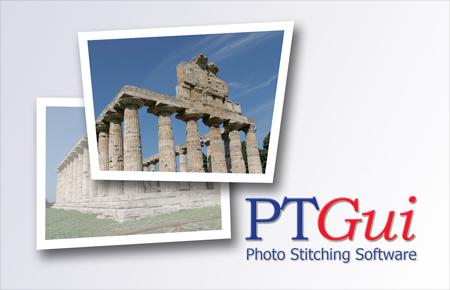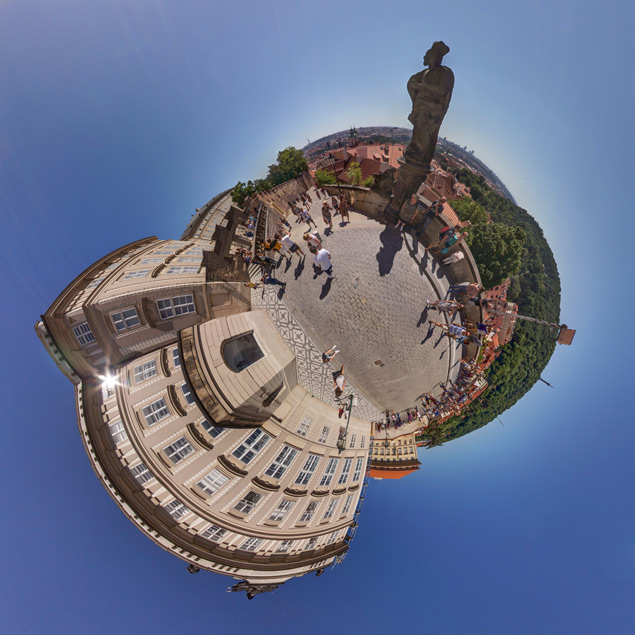

This lets the user tweak any parameter and, to some extent, get a better understanding of how the process works.
Manual ptgui manual#
One can jump directly to a manual workflow by clicking the aptly-named Advanced button. The main window appears with a single tab labeled Project Assistant which provides a fully automatic workflow. PTGui starts up directly with two windows open. or Exposure-Fusion Using multiple images to produce a Low-Dynamic-Range image of a High-Dynamic-Range scene., saving the need for separate HDR software and allowing the creation of HDR panoramas.
Manual ptgui pro#
The latter allows PTGui Pro to automatically detect and perform HDR blending Merging multiple exposures to create an image with a High-Dynamic-Range. The former is useful feature to producing a high volume of panoramas such as for Time-Lapse photography Continuous capture of images usually presented as a video sequence. Differences between the Pro and standard versions mostly fall into the Batch-Processing or HDR & Exposure-Fusion category. There are no limits on image size and the 16-bit workflow is supported by both versions. There are two versions of PTGui, the standard one and the Pro version reviewed here. It supports the usual 8-bit workflow, plus a 16-bit workflow for improved image quality. It also provides automatic compensation for image tilt, vignetting and exposure inconsistencies, making it quite resilient to input issues. PTGui is capable of stitching multi-row panoramas up to 360° x 180° field-of-view with virtually no limit on resolution and can produce gigapixel panoramas.
Manual ptgui mac os#
Originally developed as a GUI over the powerful-but-cryptic command-line Panorama Tools, it has evolved into a full-fledge applications for Windows and Mac OS X. If we had handheld the images, we could choose this second option.PTGui is an advanced panorama software with a high level of control over each step of the stitching process. If we didn't have bracketed photos, we could choose this last option to tell that it had detected them correctly. Straight away, we can click on Align Images, and it recognizes the fact that we have bracketed photos.

The way I like to work is to select them by clicking the first one, Shift + clicking the last one, and then dragging it right onto the PTGui icon. First, we're going to start with our regular 360. So I've just moved a few feet away and captured that area so we can add it in later. So what you see here is my four sets of bracketed images which make up our 360, and also a fifth set, which is showing the floor area where the tripod was. We're ready to take our bracketed source images and stitch them into a panorama. Now that we've developed our raw files into images, it's time to stitch 'em together.


 0 kommentar(er)
0 kommentar(er)
